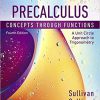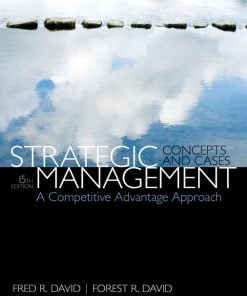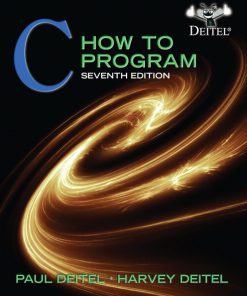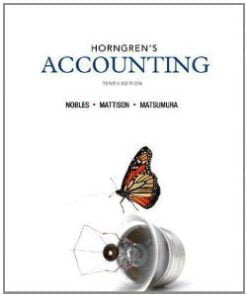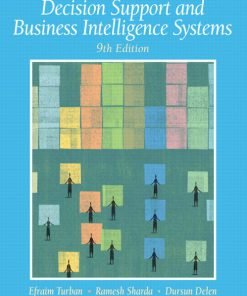Practical Crime Scene Processing and Investigation 2nd Gardner Solution Manual
$55.00 Original price was: $55.00.$29.99Current price is: $29.99.
Practical Crime Scene Processing and Investigation 2nd Gardner Solution Manual
Practical Crime Scene Processing and Investigation 2nd Gardner Solution Manual
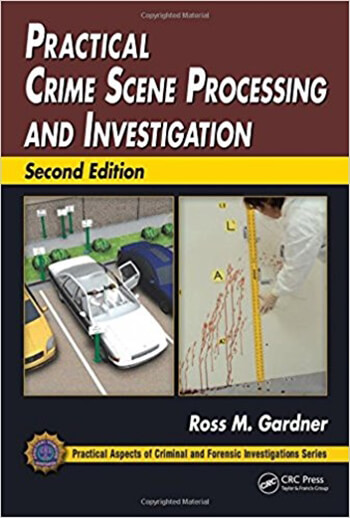
Product details:
- ISBN-10 : 9781439853023
- ISBN-13 : 978-1439853023
- Author: Ross Martin Gardner
All too often, the weakest link in the chain of criminal justice is the crime scene investigation. Improper collection of evidence blocks the finding of truth. Now in its second edition, Practical Crime Scene Processing and Investigation presents practical, proven methods to be used at any crime scene to ensure that evidence is admissible and persuasive.
Table contents:
Chapter 1 Introduction
1.1 Evaluating the Interpretive Value of Evidence
1.2 CSI Effect
1.3 Crime Scene Examination: Methodology and Integrity Issues
Chapter 2 The Nature of Physical Evidence
2.1 Identifying Characteristics of Evidence
2.2 Evidence Processing
2.3 Mechanical Fit through Evidence Reconstruction
2.4 Evidence Collection and Packaging
2.5 Chain of Custody
Chapter 3 Actions of the Initial Responding Officer
3.1 Creating a Crime Scene Control Log
Chapter 4 Processing Methodology
4.1 Utilizing a Descriptive Set in Evidence Documentation
Chapter 5 Assessing the Scene
5.1 Establishing Crime Scene Perimeters
5.2 Conducting Crime Scene Searches
Chapter 6 Crime Scene Photography
6.1 Photography in Manual Mode
6.2 Capturing Range Photographs
6.3 Documenting a Crime Scene
Chapter 7 Crime Scene Sketching and Mapping
7.1 Measuring with English and Metric Rulers
7.2 Creating an Indoor Sketch
7.3 Creating an Outdoor Sketch
7.4 Sketching a Crime Scene
Chapter 8 Narrative Descriptions: Crime Scene Notes
and Reports
8.1 Creating a Field Note Document Template
Chapter 9 Light Technology in Crime Scene Processing
9.1 Scene Processing with an ALS
9.2 Photographing Fluorescent Evidence
Chapter 10 Basic Skills for Scene Processing:
Fingerprint Evidence
10.1 Capturing Examination-Quality Fingerprints
10.2 Fingerprint Pattern Examination
10.3 Cyanoacrylate Ester Fuming and Fingerprint Powder
10.4 Fluorescent Powder Processing
10.5 Post CA Fuming: Fluorescent Dye Stain Processing (Basic Yellow 40)
10.6 Fingerprint Development on Adhesive Tape: Crystal Violet
Post Lab Questions
10.7 Fingerprint Development on Adhesive Tape: Sticky Side Powder
10.8 Fingerprint Development on Absorbent Substrates: Iodine
10.9 Fingerprint Development on Absorbent Surfaces: Ninhydrin
10.10 Print Development with Small Particle Reagent
10.11 Recovering Fingerprints from Burned Items
Chapter 11 Basic Skills for Scene Processing:
Impression Evidence11.1 Impression Casting: Dental Stone
11.2 Impression Casting: Mikrosil
11.3 Print Lifting: Gelatin Lifter
11.4 Collecting Known Standards: Footwear Standards
Chapter 12 Shooting Scenes: Evidence and Documentation
12.1 Application of Firearms and Ballistics Terminology
12.2 Who Gets the Assignment?
12.3 Wound Identification
Chapter 13 Applying Bloodstain Pattern Analysis
at the Crime Scene
13.1 Determining Directionality of Bloodstains
13.2 Determining Angle of Impact
13.3 Creation and Analysis of Impact Angles
13.4 False-Positive Exercise
13.5 Presumptive Tests
Chapter 14 Special Scene Considerations
14.1 The Scientific Method in Fire Investigation by Kenneth Wilson, Fire
Marshal, Azle, Texas
14.2 The Value of Fire Patterns and Fire Signs by Kenneth Wilson, Fire
Marshal, Azle, Texas
14.3 Burial Recovery
Chapter 15 The Body as a Crime Scene
15.1 The Body by Marissa Valencia, Deputy Chief Investigator, Travis
County Medical Examiner’s Office, Austin, Texas
15.2 Entomology
Chapter 16 The Role of Crime Scene Analysis and
Reconstruction
16.1 Journal Article Review
16.2 The Scientific Method
16.3 Flowcharting Event Segments
People also search:
practical crime scene processing and investigation 2nd edition pdf
practical crime scene processing and investigation 2nd edition
what are the 5 steps in crime scene investigation
what are the 5 steps of crime scene processing
crime scene investigation examples
Related products
Solution Manual
Prentice Hall’s Federal Taxation 2014 Comprehensive Rupert 27th Edition Solutions Manual
Solution Manual
International Accounting Doupnik 4th Edition Solutions Manual
Solution Manual
Solution Manual
Solution Manual for Absolute C++, 5/E 5th Edition Walter Savitch
Solution Manual
Solution Manual


